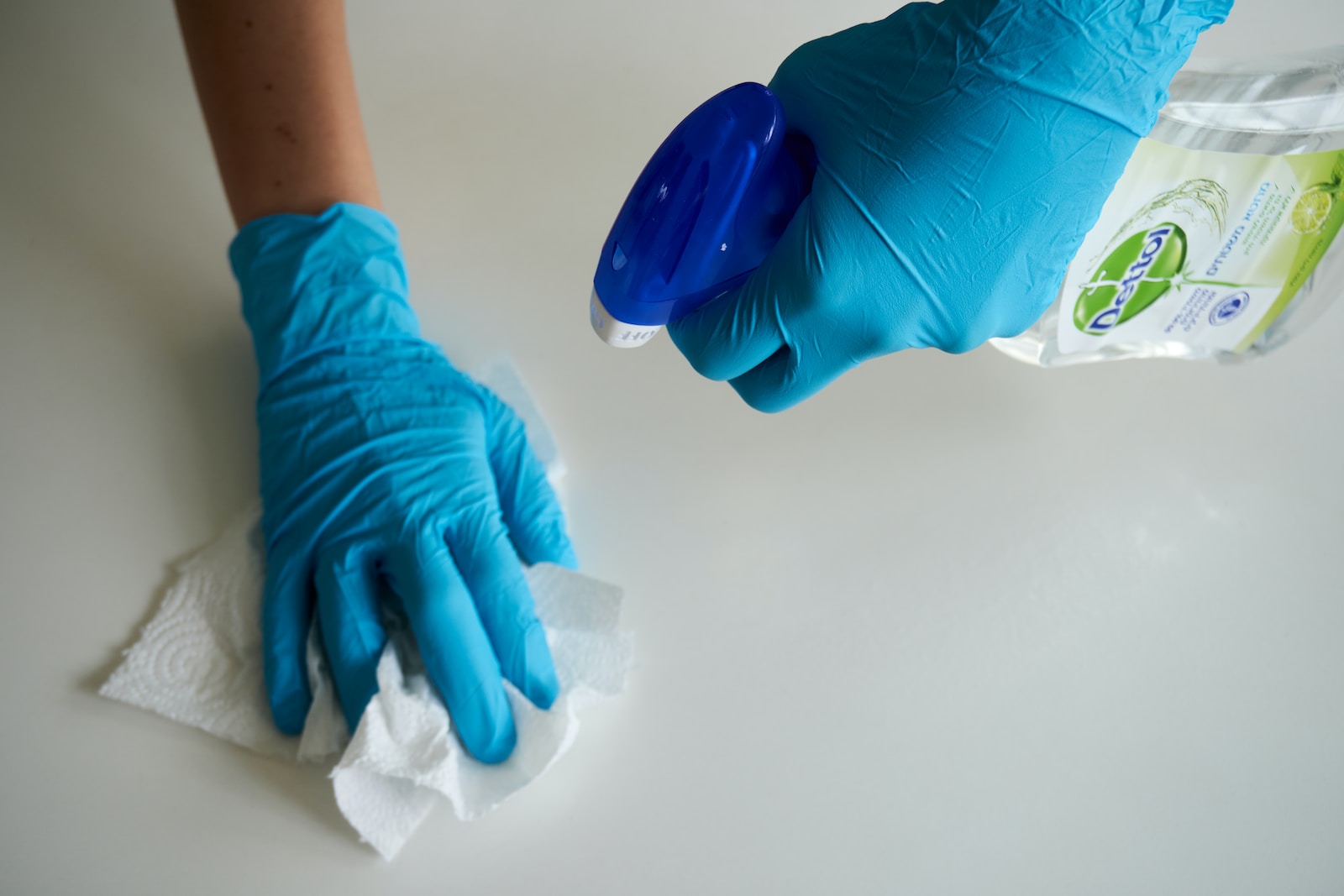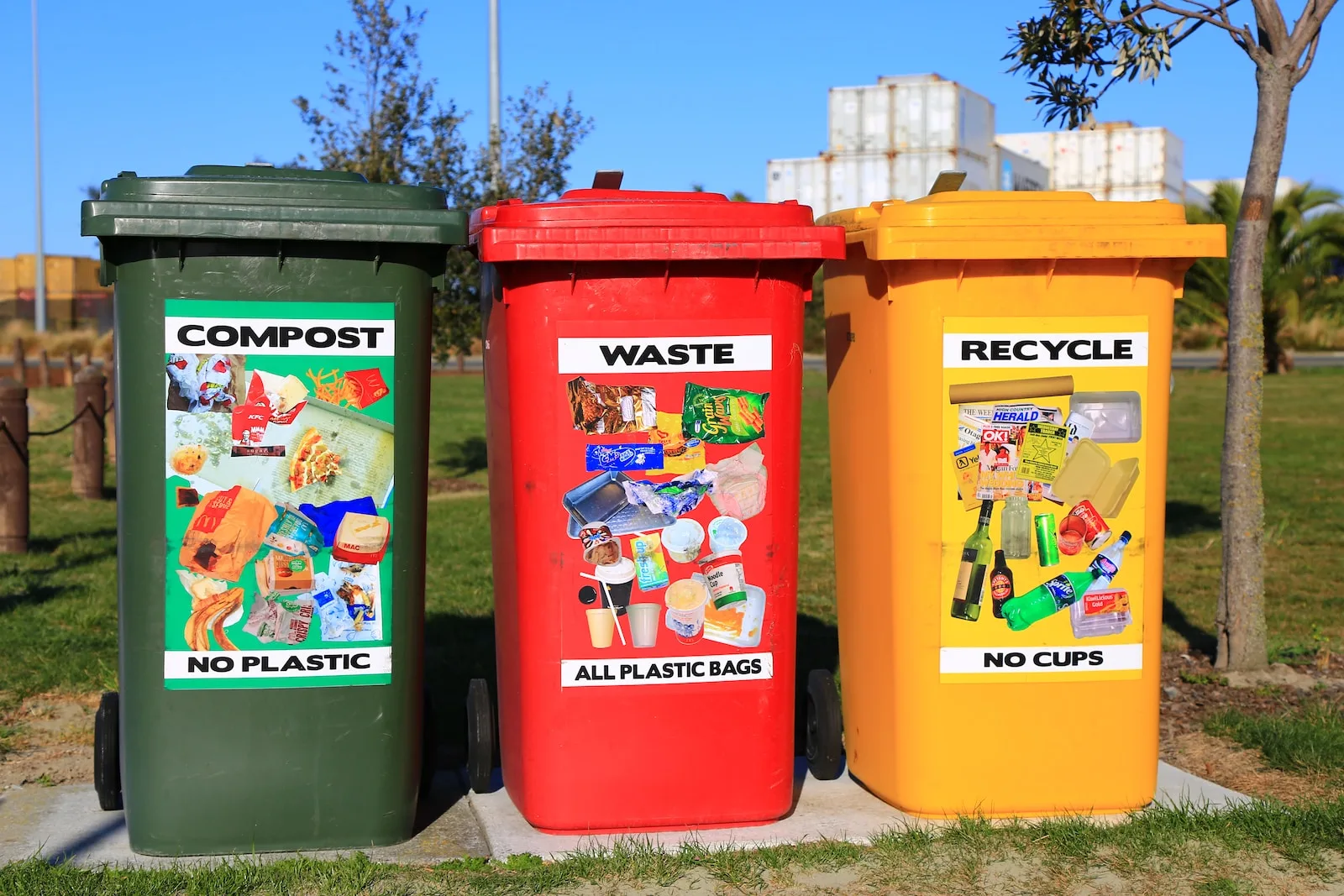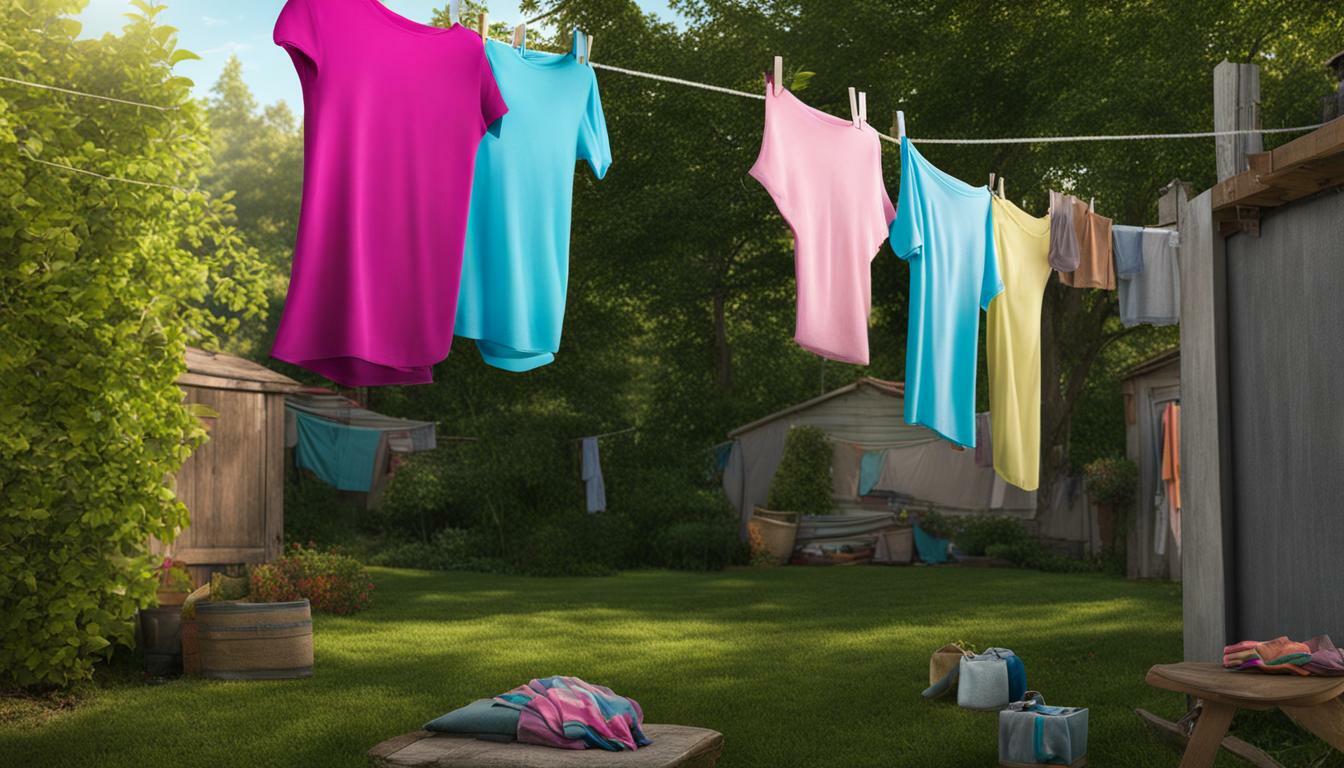Keeping surfaces clean is essential for maintaining a healthy and hygienic environment, but not all cleaning methods are created equal. Understanding the difference between wiping and cleaning surfaces is crucial for ensuring proper cleanliness and preventing the spread of germs and bacteria.
While wiping and cleaning may seem like interchangeable terms, they actually refer to distinct cleaning methods. Wiping is a surface cleaning method that involves removing surface-level debris and dirt with a cloth or disposable wipe. Cleaning, on the other hand, refers to a more thorough process that involves removing dirt, grime, and bacteria from surfaces using cleaning agents and tools.
It’s important to note that wiping and cleaning may be suitable for different types of surfaces and levels of dirt or contamination. Knowing which method to use can help maximize cleanliness and minimize the risk of illness or infection.
Key Takeaways:
- Understanding the difference between wiping and cleaning surfaces is crucial for achieving optimal cleanliness.
- Wiping is a surface cleaning method that involves removing surface-level dirt and debris.
- Cleaning involves using cleaning agents and tools to remove dirt, grime, and bacteria from surfaces.
What is Wiping?
Wiping surfaces is a common cleaning method that involves using a cloth or paper towel to remove surface dirt, dust, or spills. It is an effective way to maintain cleanliness and prevent the buildup of grime or bacteria.
When wiping surfaces, it is important to follow proper techniques to ensure effectiveness. First, make sure the surface is free of loose debris before wiping. Then, use a damp cloth or paper towel to wipe the surface in a back-and-forth motion, applying gentle pressure. Remember to change the cloth or paper towel frequently to prevent spreading dirt or bacteria.
In order to optimize cleanliness, it is recommended to wipe surfaces regularly, especially in high-traffic areas or frequently used items such as kitchen counters or bathroom sinks. Additionally, removing spills or stains as soon as possible reduces the risk of staining or damage to the surface.
Following best practices for wiping surfaces will not only keep them clean but also help to maintain their quality and extend their lifespan.
Surface cleaning tips: Use a microfiber cloth or cleaning agent designed for the specific surface to avoid damage. Avoid using harsh chemicals or abrasive materials that may scratch or dull the surface.
What is Cleaning?
Unlike wiping, cleaning involves the use of cleaning agents and tools to remove both visible dirt and invisible germs from surfaces. Effective surface cleaning requires a systematic approach that involves the right techniques and tools, combined with good personal hygiene practices.
Here are some tips for effective surface cleaning:
- Start by assessing the level of dirt or contamination on the surface
- Choose the appropriate cleaning tool based on the level of dirt and the type of surface
- Select the right cleaning agent for the surface to be cleaned
- Apply the cleaning agent to the surface and let it sit for the recommended time
- Use the cleaning tool to scrub the surface thoroughly, paying attention to areas that are difficult to reach
- Rinse the surface with clean water and dry it with a clean cloth or paper towel
It’s important to note that some surfaces require specific cleaning techniques. For example, electronic devices should only be cleaned with a dry microfiber cloth to avoid damaging them, while fabrics may need to be cleaned with a different set of tools and products.
In addition to the above tips, it’s essential to practice good personal hygiene when cleaning surfaces. This includes washing your hands before and after cleaning, wearing gloves when necessary, and avoiding cross-contamination by using separate cleaning tools for different surfaces.
By following these best practices for cleaning surfaces, you can ensure your environment is clean and healthy, reducing the risk of illness and promoting overall well-being.
Key Differences Between Wiping and Cleaning
While wiping and cleaning surfaces are both effective methods of keeping spaces clean, it is essential to understand their differences to use them correctly. Wiping refers to the process of removing loose debris and dirt from a surface using a cloth or paper towel. On the other hand, cleaning involves using chemicals, water, and tools to remove dirt, grime, and bacteria from surfaces.
While wiping can be useful for quick clean-ups or for surfaces that do not require a deep clean, it is not suitable for areas that require thorough cleaning. Cleaning, on the other hand, is essential for maintaining a hygienic environment in areas such as hospitals and food preparation areas.
Proper surface cleaning involves using the appropriate cleaning agents, tools and techniques to remove dirt, debris, and bacteria. In contrast, wiping only removes surface-level dirt and debris, which is why it is not a substitute for deep cleaning.
Importance of Proper Surface Cleaning
The importance of proper surface cleaning cannot be overstated. Effective cleaning removes harmful bacteria, viruses, and allergens that can cause illnesses or trigger allergies. It also helps to maintain the lifespan of surfaces, preventing damage and premature aging.
By using best practices for cleaning surfaces, such as using proper cleaning agents and tools, you can ensure that your space is free from harmful bacteria, viruses, and allergens, providing a safe and healthy environment for everyone.
Best Practices for Cleaning Surfaces
- Use the appropriate cleaning agent for the surface
- Use the appropriate cleaning tool for the surface
- Follow the manufacturer’s instructions for cleaning products and tools
- Clean surfaces regularly to maintain their cleanliness
- Dispose of used cleaning materials properly
By following these best practices, you can ensure that your surfaces remain clean and hygienic, protecting yourself and others from potential harm.
Choosing the Right Method for Your Needs
Choosing the right method for cleaning surfaces can have a significant impact on the outcome. Whether it’s wiping or cleaning, the process must be selected based on the specific needs and preferences.
The first step is to consider the type of surface that needs cleaning. For delicate surfaces, such as glass or stainless steel, wiping with a gentle cloth is the best approach. On the other hand, for tough and stubborn stains, cleaning with specialized agents and tools may be more appropriate.
The next factor to consider is the level of cleanliness required. For routine cleaning, wiping may be sufficient. However, for areas that are prone to germs and bacteria, such as kitchens and bathrooms, cleaning with disinfectants is essential.
Another important aspect to keep in mind is safety. When dealing with hazardous materials, such as chemicals or biological waste, proper cleaning methods, and protective gear should be employed. Failure to do so can cause harm to both the people and the environment.
Finally, it’s essential to consider the time constraints allowed for cleaning. Wiping is generally quick and straightforward and can be done daily. However, cleaning may require more effort and time, depending on the level of contamination.
Overall, choosing the right surface cleaning method requires careful consideration of multiple factors, including the type of surface, level of cleanliness required, safety, and time constraints. Adhering to proper cleaning practices and choosing the right method for different situations can ensure a safe and clean environment.
Optimizing Cleanliness with Wiping and Cleaning
As we discussed earlier, wiping and cleaning are two different methods of surface cleaning that can be used for different purposes. While wiping is ideal for removing dust and small particles from surfaces, cleaning is more effective in eliminating germs, bacteria, and tougher stains.
However, incorporating both wiping and cleaning into your regular cleaning routine can help achieve optimal cleanliness and maintain a healthy environment. Here are some tips for combining these methods:
- Start by wiping surfaces with a microfiber cloth to remove dust and debris. This will prevent the dirt from spreading around and make the cleaning process more efficient.
- Use a cleaning agent and appropriate tools to deep clean surfaces. For example, use a disinfectant spray and a scrubber to clean kitchen countertops and sinks.
- After cleaning surfaces, wipe them down with a clean cloth to remove any excess cleaning solution and debris. This will leave the surfaces shiny and spotless.
It’s important to remember that the cleaning method you choose will depend on the type of surface, level of dirt or contamination, and desired level of cleanliness. For example, wiping is suitable for smooth and non-porous surfaces, while cleaning may be necessary for porous and heavily soiled surfaces.
Incorporating wiping and cleaning into your cleaning routine will not only result in a cleaner space but also a healthier one. By removing dust, dirt, and germs from surfaces, you can help prevent the spread of illnesses and improve indoor air quality.
Conclusion
In conclusion, understanding the difference between wiping and cleaning surfaces is crucial for maintaining a clean and healthy environment. Both wiping and cleaning have their unique benefits and should be used based on the level of dirt or contamination, the type of surface, and the desired level of cleanliness.
By following best practices for surface cleaning, including the use of proper cleaning agents and tools, you can effectively remove dirt and bacteria from surfaces. It is also essential to choose the most suitable method for cleaning based on specific needs and preferences, such as the surface material or potential hazards.
Combining both wiping and cleaning methods into a regular cleaning routine can help to optimize cleanliness, especially in high traffic areas such as kitchens and bathrooms. By incorporating these methods, you can ensure that surfaces are free from contaminants and remain in excellent condition.
Overall, proper surface cleaning practices contribute significantly to creating a clean and healthy environment. So the next time you need to clean a surface, remember the difference between wiping and cleaning and choose the best method for your needs.
FAQ
Q: What is the difference between wiping and cleaning surfaces?
A: Wiping refers to the act of removing surface debris or dirt using a cloth or wipe, while cleaning involves a more thorough process that often includes the use of cleaning agents and tools to eliminate germs and bacteria.
Q: How should I wipe surfaces effectively?
A: To effectively wipe surfaces, start by removing loose debris with a dry cloth or brush. Then, dampen a clean cloth or disinfectant wipe with a suitable cleaning solution and wipe the surface in a back-and-forth motion to remove dirt and germs.
Q: What are the best practices for cleaning surfaces?
A: Some best practices for surface cleaning include using suitable cleaning agents for different surfaces, following product instructions, wearing protective gloves when necessary, and regularly cleaning and disinfecting high-touch areas.
Q: How do I clean surfaces properly?
A: Proper surface cleaning involves using appropriate cleaning agents and tools, such as microfiber cloths or sponges. Start by removing loose dirt, then apply the cleaning agent, and scrub the surface gently. Rinse with water and dry thoroughly.
Q: When should I choose to wipe surfaces instead of cleaning them?
A: Wiping surfaces is suitable for removing light dirt, dust, or smudges. It is also a quick and convenient option for regular maintenance. Cleaning should be chosen for heavier dirt or when thorough disinfection is required, such as in kitchens and bathrooms.
Q: How can I choose the right method for cleaning surfaces?
A: When selecting a cleaning method, consider factors such as the type of surface, level of dirt or contamination, and desired level of cleanliness. Also, take into account any potential hazards associated with specific cleaning agents or tools.
Q: How can I optimize cleanliness with both wiping and cleaning methods?
A: Incorporating both wiping and cleaning methods into your routine can help achieve optimum cleanliness. Use wiping for regular maintenance and cleaning for deeper, more thorough sanitation. Customize your approach based on specific areas or types of surfaces.
 Skip to main content
Skip to main content


